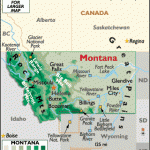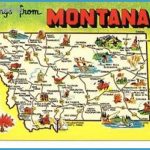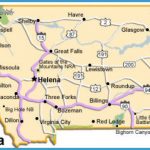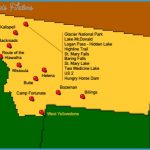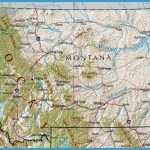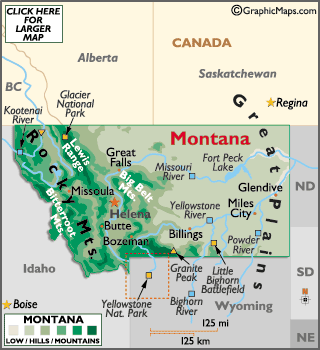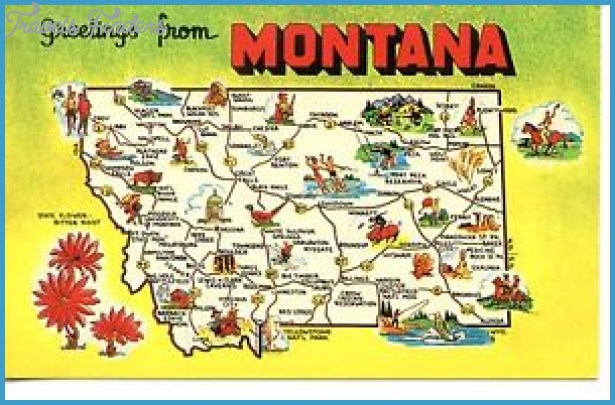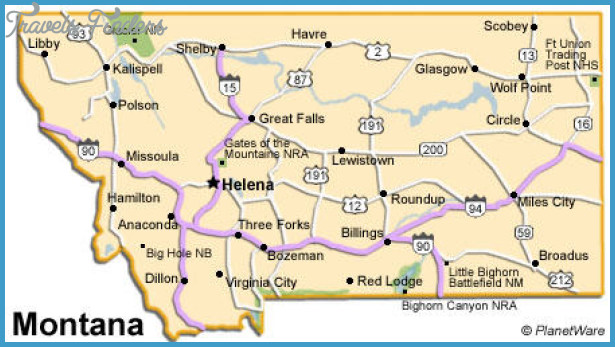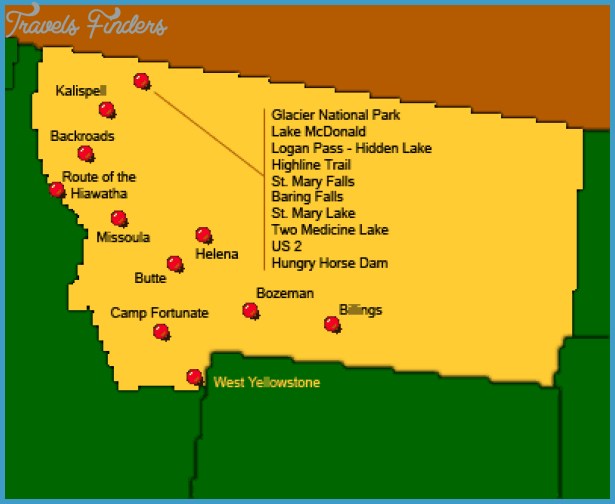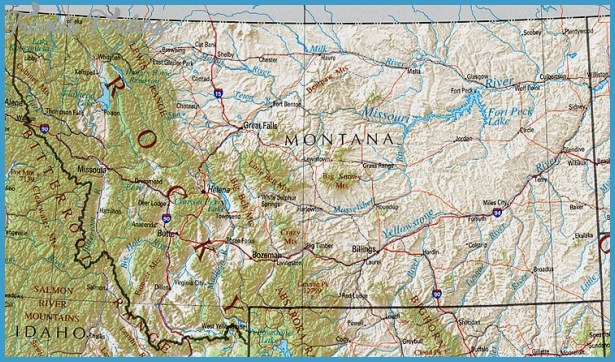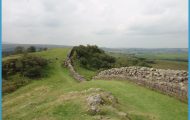HISTORY
A common misconception is that Montana tribes such as the Sioux, Assiniboine, Crow, Northern Cheyenne, Blackfeet, Flathead, Kootenai, Kalispell, Gros Ventre, Arapaho, and Nez Perce roamed the plains and mountains unfettered for thousands of years until their worlds were abruptly shattered by migrating white settlers in the 1800s. Truth is, their heyday in Montana probably lasted about 250 years, from the time the Flatheads arrived around 1500 until the tribes were banished to reservations by the late 19th century. The earliest evidence of modern-day tribes connects to the Crows and dates to about 1150. The Sioux, pushed west by the advancing Europeans, sought refuge on the inhospitable plains of the Dakotas and eastern Montana before they were subdued in 1876.
French fur traders began trickling into the region as early as the 1740s, but the defining moment of the European invasion was the 1804-06 Lewis and Clark expedition that began in St. Louis,
Missouri, and crossed Montana east to west en route to Fort Clatsop, Oregon. Some of the most memorable reports from the expedition occurred along the Missouri and Yellowstone Rivers in what is now Montana. Ironically, the expedition was probably saved from disaster by a Native woman named Sacagawea, who guided the group across the imposing Bitterroot Mountains along the backbone of the Rockies in the winter of 1805. While Lewis and Clark historical markers are ubiquitous in Montana, the single remaining tangible evidence of the corps is preserved under glass on a small sandstone butte called Pompey’s Pillar, along the Yellowstone River east of Billings. There, Captain William Clark etched his name and the date he camped there amid the cottonwoods beneath a butte he named for Sacagawea’s son.
The Lewis and Clark trek eventually brought a flood of immigrants, most of them homesteaders with visions of wide-open spaces where they could raise crops amid lush shoulder-high prairie grasses and get rich from gold nuggets gleaming in the rivers. Reality was quite a bit harsher. Homesteaders lured by pie-in-the-sky advertisements by railroad companies suffered through brutal winters and scorching dry summers, which caused many to abandon their dreams and leave their sod and wood houses. The frontier Montana epitomized by the so-called open range era of cattle ranching was short-lived as well. This mystical time began in 1866 when Nelson Story drove a herd from Texas to Montana on the Bozeman Trail the film Lonesome Dove was based on this journey and paved the way for others to follow. The open-range era lasted about two decades, effectively ending during the wicked winter of 1886-87, when half the state’s cattle perished due to the lethal combination of overgrazed lands and unrelenting blizzards.
The mining boom in the southwest part of Montana Territory was fleeting as well. Gold was discovered in a mountain creek near Helena in 1858, and subsequent finds over the next few years brought men with picks and shovels by the thousands. Silver and copper also were unearthed. Such towns as Virginia City, Nevada City, Bannack, Garnet, Granite, Coolidge, Southern Cross, and Elkhorn rose from the piney hillsides overnight and became tawdry centers of drinking, carousing, and lawlessness. When the mines played out, the miners departed. The ghostly remnants of many of those towns, some of them still well-preserved, stand as an eerie testimony to a rags-to-riches-to-rags legacy.
Two other migrations are significant in Montana’s pre-1900 history: the journeys of the missionaries and the spread of the railroads. In the 1830s, Jesuit priests were invited west by Native tribes, reputedly for spiritual instruction, though many historians suspect the Indians were looking for more tangible items such as guns, food, and medicine. In any event, many missions are scattered on tribal lands throughout Montana, including St. Mary’s near Stevensville south of Missoula, St. Ignatius on the Flathead Indian Reservation of northwest Montana, and St. Xavier on the Crow Indian Reservation southeast of Billings. It was at these missions that basketball was introduced to the tribes, and the game has become almost a religion on reservations across the state, thanks to the unfettered freedom it represents.
The first railroad, the Utah & Northern, didn’t arrive until 1880. Three years later, the Northern Pacific brought Montana’s first access to a transcontinental line. Then came the Great Northern across the Hi-Line. Spurs were built, and cattle towns sprang up much like gold towns. The ability to ship cattle to the Midwest, East, and South created vast wealth for cattle barons.
Life still isn’t easy in Montana. Winters are long and cold even as the climate seems to warm Until the 1990s, the economy ebbed and flowed according to the wildly fluctuating values of natural resources. Every boom, from the gold rush of the 1860s to the energy frenzy after 9/11, to the current oil and gas bonanza in the Bakken formation in far eastern Montana, has ended with a bust or at
least an anxious slowdown. Today, Montana is cashing in on another natural resource: its natural beauty and wildness. With the increasingly frenetic pace of life on both coasts and in metropolitan areas, Montana has become a destination for people seeking one of the few places where wide open spaces and vestiges of yesteryear remain. The good news is that the old axiom you can’t eat the scenery no longer rings true. Modern technology allows many businesses to locate wherever they choose, and innovative companies are discovering that a great way to lure the best, brightest, and most passionate workers is to locate in communities like Bozeman, Missoula, and Whitefish, where just outside the office there is immediate access to an unparalleled quality of life.

